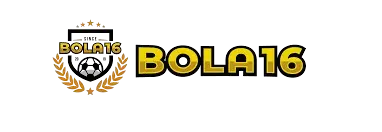
BOLA16 | Login Situs Judi Bola Single Bet Dan Link Slot Deposit Pulsa Tanpa Potongan
BOLA16 hadir sebagai solusi lengkap bagi pecinta taruhan olahraga sportsbook dan slot online cukup login hanya sekali, pemain sudah bisa akses ke seluruh permainan judi bola sportsbook, dan ratusan permainan slot hanya dengan deposit pulsa tanpa potongan.
Mengapa Pilih BOLA16?
- Aman, cepat, dan bebas biaya transfer
- Pasang taruhan bola single bet yang fleksibel
- Slot gacor dengan RTP tinggi hingga 98%
- Tersedia untuk semua operator pulsa











